Malaysia’s Budget 2025 was tabled recently and the government has allocated RM64.1 billion to the education sector. This marked an increase from the RM58.7 billion allocated in 2024. With the Ministry of Education receiving the highest allocation in history, it’s clear that education is a top priority.
Key Summary
Wondering where the RM64.1 billion will go? Well, the majority of the education budget goes into the paying of the salaries and other business-as-usual operational costs which benefits over 416,000 teachers employed in the public education sector and over 5 million students enrolled in public schools. Other key allocation items for the Ministry of Education in Budget 2025 include:
- RM2 billion designated for upgrading and maintaining schools nationwide.
- The construction of 44 new schools will begin next year.
- RM100 million allocated for expanding internet access in rural schools.
- RM5.3 billion set aside for 17 types of education assistance, including:
- RM2 billion for hostel food assistance.
- RM870 million for the Rancangan Makanan Tambahan (RMT), benefiting over 860,000 students from low-income families.
- Nearly RM800 million for Bantuan Awal Persekolahan (Early School Assistance), expected to aid 5.2 million students.
- RM180 million for the Kumpulan Wang Amanah Pelajar Miskin (KWAPM).
- An increase in the TVET Education Per Capita Grant rate to 15%.
- RM10 million earmarked for additional Rural School Assistance for 687 rural schools.
- An increase in the monthly Living Allowance for teacher trainees under the Bachelor of Education Programme in Institut Pendidikan Guru (IPG) from RM430 to RM530.
Find out more about the allocation breakdown for the Ministry of Education on pages 52-54 here.
Broadening Access to Quality Education
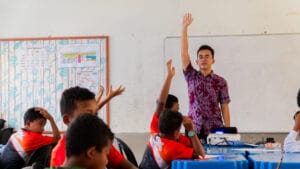
Similar to previous years, substantial portions of the education budget are allocated towards operational costs, including teacher salaries, infrastructure improvements, and direct financial aid. These areas are vital for ensuring broader access to quality education. The increase in allocation for direct assistance aimed at low-income families such as the RMT programme and KWAPM will help enable and encourage more students to attend school. The RM2 billion designated for upgrading and maintaining schools nationwide, along with the RM10 million for additional rural school assistance, will improve students’ learning environments and address disparities in educational resources and opportunities. However, it is crucial to ensure all of these funds are used efficiently, with minimal leakages, and ensure that projects are completed in a timely manner.
The Quality of Education Rises and Falls on the Quality of our Teachers
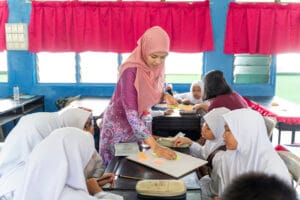
We’re heartened to see that the budget allocation for both pre-service and in-service teacher training has increased as the key to improving educational outcomes lies in enhancing teaching quality. There is a nearly two-fold increase in allocations directed towards institutions focused on teacher development, namely Institut Pendidikan Guru and Institut Aminuddin Baki.
In our previous article, we outlined why investing in teachers is key to achieving quality education and called for a substantial boost in investment towards high-quality continuous professional development to better address teachers’ development needs. On this end, the allocation for in-service teacher training has risen from RM14 million in 2024 to RM19.6 million in 2025—a 40% increase that signals the government’s recognition of its importance. Support for our existing teachers is crucial, as the majority of those teaching today will remain in the profession for decades to come. Nevertheless, with over 416,000 teachers nationwide, this allocation amounts to just RM47 per teacher. Moreover, while the increase is a positive step, the real impact will depend on how effectively these resources are utilised to provide tailored, high-quality continuous professional development (CPD) that meets teachers’ needs, empowering them to become more effective in the classroom.
Innovative Global Approaches to Enhancing Education Access and Quality

The tabling of the budget has also inspired us to look into education assistance programmes and initiatives to improve the quality of education from around the world. Here are some examples as food for thought.
Singapore’s EduSave Account is a government initiative that provides each student with financial support for enrichment activities, extracurriculars, and educational materials. The account is opened automatically for all Singapore Citizen students. The government contributes annually to each child’s EduSave account from age 7 to 16 years old and parents can withdraw from the account to pay for resources and enrichment activities as per the issued guidelines. Recent annual contributions range from SGD230 to SGD270 depending on the students’ grade level and one-off top ups by the governments have also been made based on their budget. Singaporean students who excel academically and in non-academic areas can also receive EduSave awards or scholarships through their EduSave accounts.
In Queensland, Australia, the Student Resource Scheme (SRS) helps families by providing affordable access to essential learning materials, such as textbooks, digital resources, and other school supplies. This is done through bulk purchasing and hiring arrangements to ensure that all students have access to the necessary learning tools by offering resources at a lower cost than if parents had to purchase them individually. By reducing the financial burden on families, SRS helps ensure that all students have the tools they need to learn and thrive, regardless of their economic situation.
Besides direct assistance, governments have also taken innovative approaches to improve the quality of education by setting up independent education foundations or commissions. In the UK, the Education Endowment Foundation (EEF) received a £125 Million one-off grant from the UK’s Department of Education to fund and evaluate interventions aimed at reducing the attainment gap between disadvantaged students and their peers. The Education Review Office is New Zealand’s external evaluation agency that informs and facilitates improvement in the education system. In Wales, Estyn is funded by but works independently of the Welsh Government to inspect education and training in Wales. While our Ministry of Education currently has an inspectorate department that reports internally, an approach like this may foster greater transparency and trust while accelerating improvements in education.
Conclusion
Overall, Budget 2025 represents a significant step forward for Malaysian education. It reaffirms the government’s commitment to enhancing access to quality education. However, we must ensure that reforms are thoughtfully considered at both the policy and implementation levels. Despite the significant investments that the Ministry of Education has received, we have yet to see substantial improvements in educational outcomes. The challenges facing our education system require robust solutions that address systemic issues.
While the budget acts as an enabler, its true impact will be limited without well-designed policies and effective implementation. It is crucial that the funds not only reach the ground but are also safeguarded against leakages, with continuous efforts to ensure efficient use. One way the government can ensure high-quality delivery is by leveraging the expertise of private sector and civil society organisations (CSOs) in specific areas, creating more opportunities for collaboration and stronger public-private partnerships. Nevertheless, the high priority given to education in this Budget underscores TFM’s belief that the work of building a nation starts in the classroom.
Have thoughts on Budget 2025? Share them with us in the comments of our Budget 2025 Instagram post!
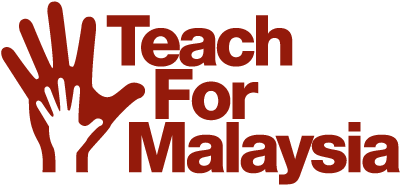
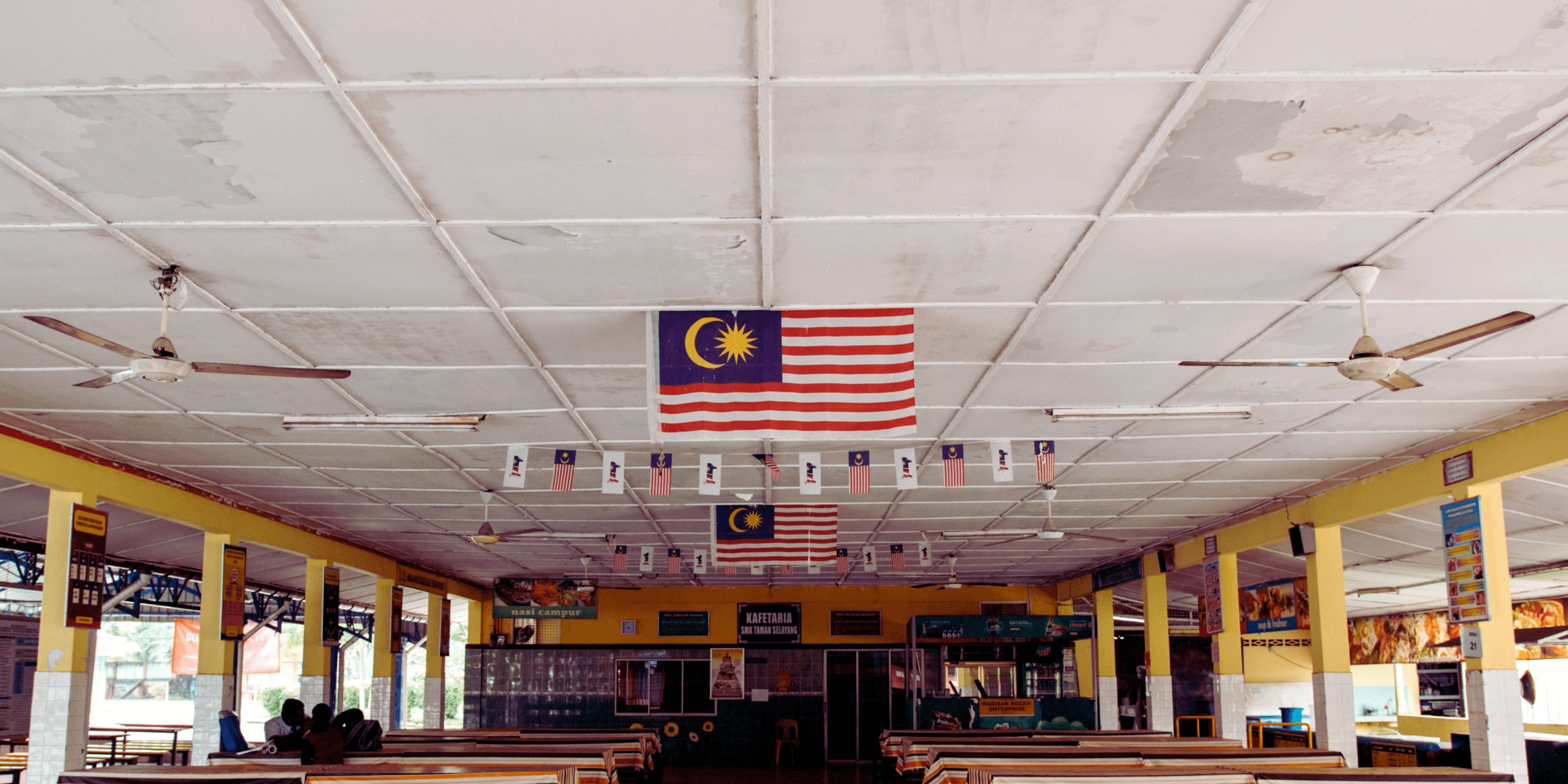
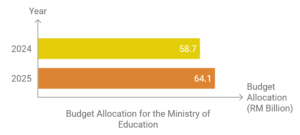
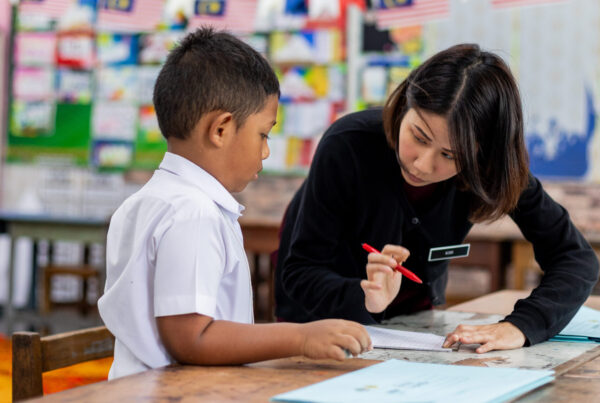



One Comment